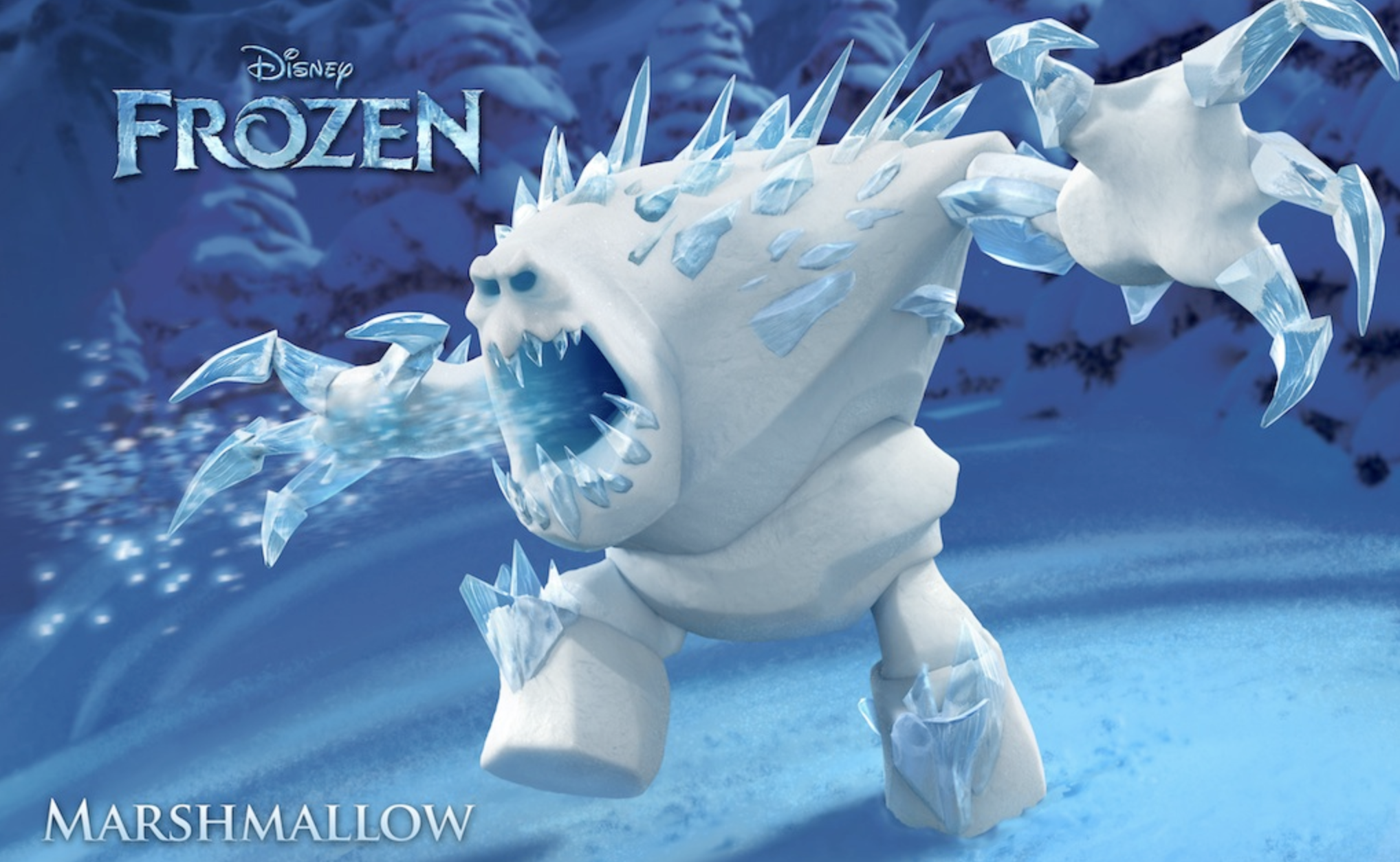The Magic
Any teacher will tell you the profession offers, from time to time, charmed moments in the classroom - moments in which you know, with complete certainty, you have connected with students and imparted knowledge of real value. These moments are the sparks that fuel us in this incredibly challenging role.
In a metaphorical twist, one of these recent moments for me involved a surprise reference to magic.
Elsa, Queen of Arendelle, from Disney’s Frozen (2013), based on ‘The Snow Queen’ (1844) by Hans Christen Anderson.
My Y11s are a bright and kind group of dedicated students who have taken to playing a drawing and guessing game on their classroom whiteboard during breaks. I’ve been prompted on entering the classroom to guess at the figures they’ve drawn; one day, for instance, it was Shakespeare characters. One day more recently, in a feedback and revision lesson, we were discussing how to be more technical and descriptive when doing close reading analysis. The challenge - and goal - with GCSE students, is for them to learn how to make their analysis rich with detailed description of the original text.
In this lesson, I seized on the opportunity to illustrate the three parts of language analysis for them. These three parts, needed for rich analysis, are:
The original words from the text, which they incorporate into their PEA as ‘quotations’;
Description of what the words are actively doing - the part they usually leave out;
The end idea produced in the mind of the reader.
Most students can pick out useful quotations from a text, which they recognise as language that is doing something. These words stand out on the page and are highlighted during reading - for example ‘the eye of heaven’ in Shakespeare’s Sonnet 18. In time, students learn to identify the devices being employed in these bits - for example, Shakespeare’s use of metaphor in ‘the eye of heaven’. They also know the end idea generated by these words - in this case, the sun. What students tend not to do in analysis is describe precisely how ‘the eye of heaven’ is generating the idea of the sun. They cannot yet articulate that Shakespeare’s metaphorical description of ‘the eye of heaven’ is imagining the sun as a celestial orb through which God spies and lights the earth.
In teaching close reading analysis, I first explain what an effect is - defined by the OED as ‘an impression produced in the mind of a person’. I then explain figurative language as an active, doing thing, with each device acting with unique gestures to produce an effect. I’ve developed a list and a visual to explain this doing, with each device’s action written in the present continuous.
On this day with Y11, I grabbed my marker and turned to the board - as this teaching moment arose organically, so I had no PowerPoint. I found the students had already drawn a large amorphous figure on the board, which my Gen X brain guessed was the Stay Puft Marshmallow Man from Ghostbusters (1984). In fact, I wasn’t too far off - it was the snow monster from Disney’s Frozen (2013), also called Marshmallow.
In the film, Marshmallow is born from Elsa’s powers, so I saw the opportunity for the analogy and went with it: I designated Marshmallow as the reader’s mind containing the ‘end idea’; I drew Elsa (badly, a stick figure with a braid), and designated her as the writer and words of the ‘original text’. The active doing of the language was then the icy, crystalline magic produced by Elsa’s hands (erratic swirls in my board drawing).
I explained to the students that I wanted to see, in their analysis, more technical and precise description of what the language is actively doing. ‘More of the magic,’ one of my students said spontaneously.
‘Yes,’ I said, in total amazement at this accidental but profound insight into the workings of figurative language. ‘More of the magic.’
Marshallow finds Elsa’s crown, Frozen (2013).





